This beignet recipe will transport you to New Orleans with its golden, slightly crisp exterior and extra soft, fluffy, pillowy interior showered in powdered sugar! This recipe is surprisingly simple to make, with a make ahead friendly dough (my favorite way to make it!), and elevated thanks to a few key ingredient swaps. Follow along for detailed tips, tricks, step-by-step photos and video and you’ll be sinking your teeth into Cafe du Monde worthy beignets at a fraction of the price (fabulous for Valentine’s Day!)!
Watch How to Make Beignets


The BEST Beignet Recipe
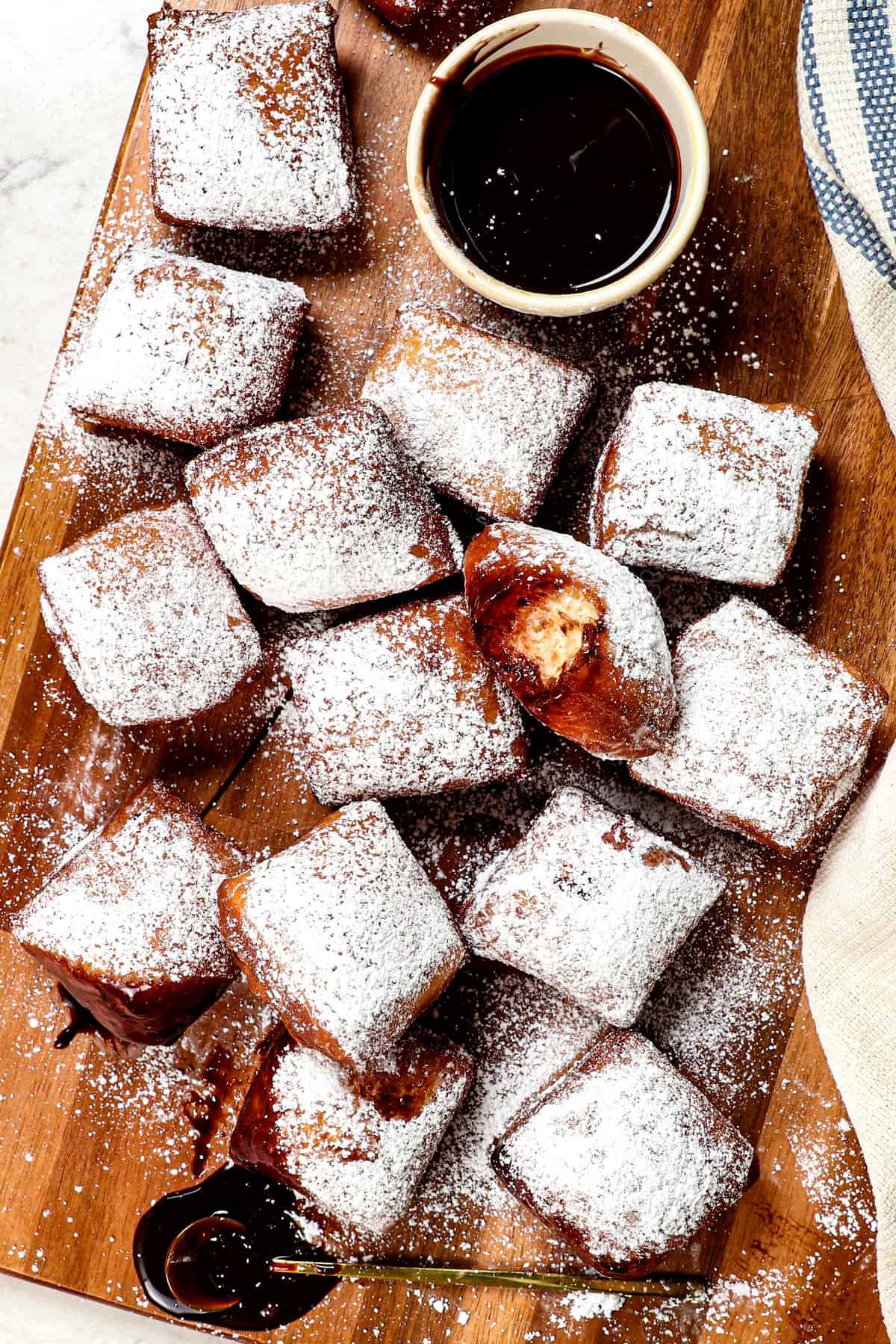

What is a Beignet?
“Beignets” is French for “fritters” or “doughnuts” and refer to square-shaped doughnuts deep-fried to golden perfection and generously dusted with a blizzard of powdered sugar. These delightful treats hail from New Orleans and are a popular snack or dessert, often enjoyed with a cup of coffee. They are a heavenly combination of crispy on the outside, fluffy on the inside, with a subtle sweetness that melts in your mouth.
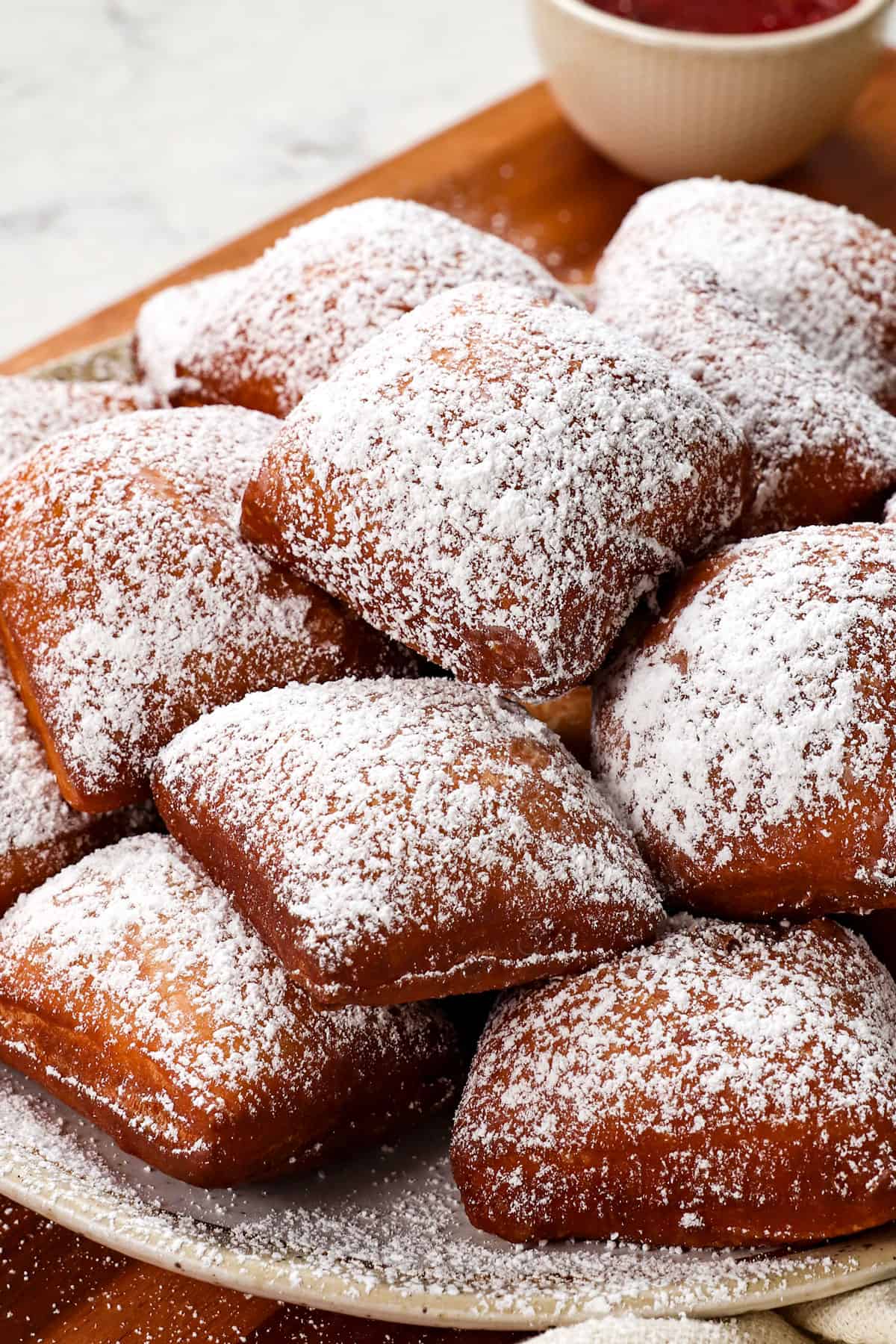

Homemade Beignets ingredients
Beignets are made with everyday pantry ingredients with the exception of bread flour. Let’s take a closer look at what you’ll need (measurements in the printable recipe card at the bottom of the post):
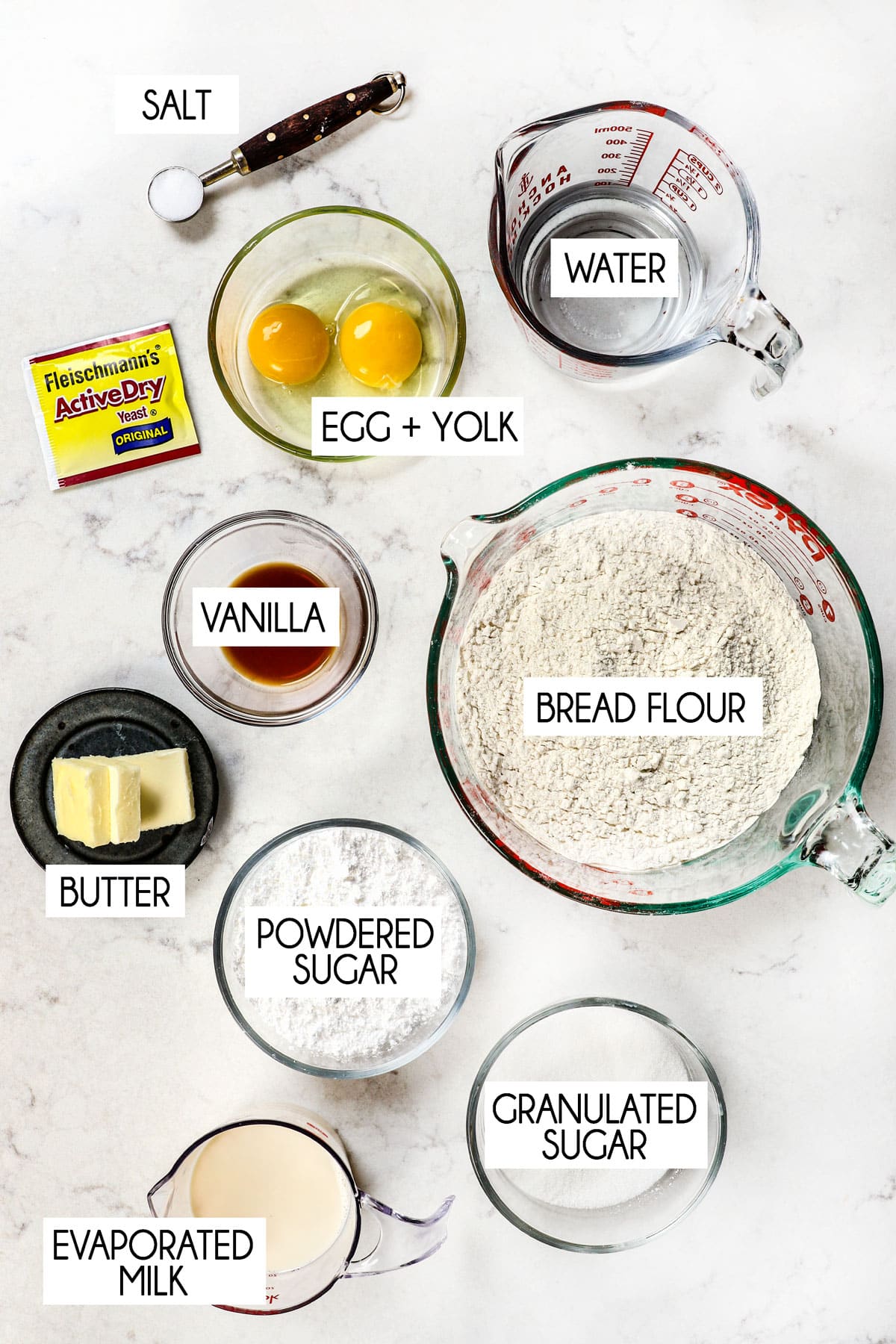

Beignets Recipe substitutions and additions
Beignets can be customized with various flavors and toppings! Here are some popular beignet variations:
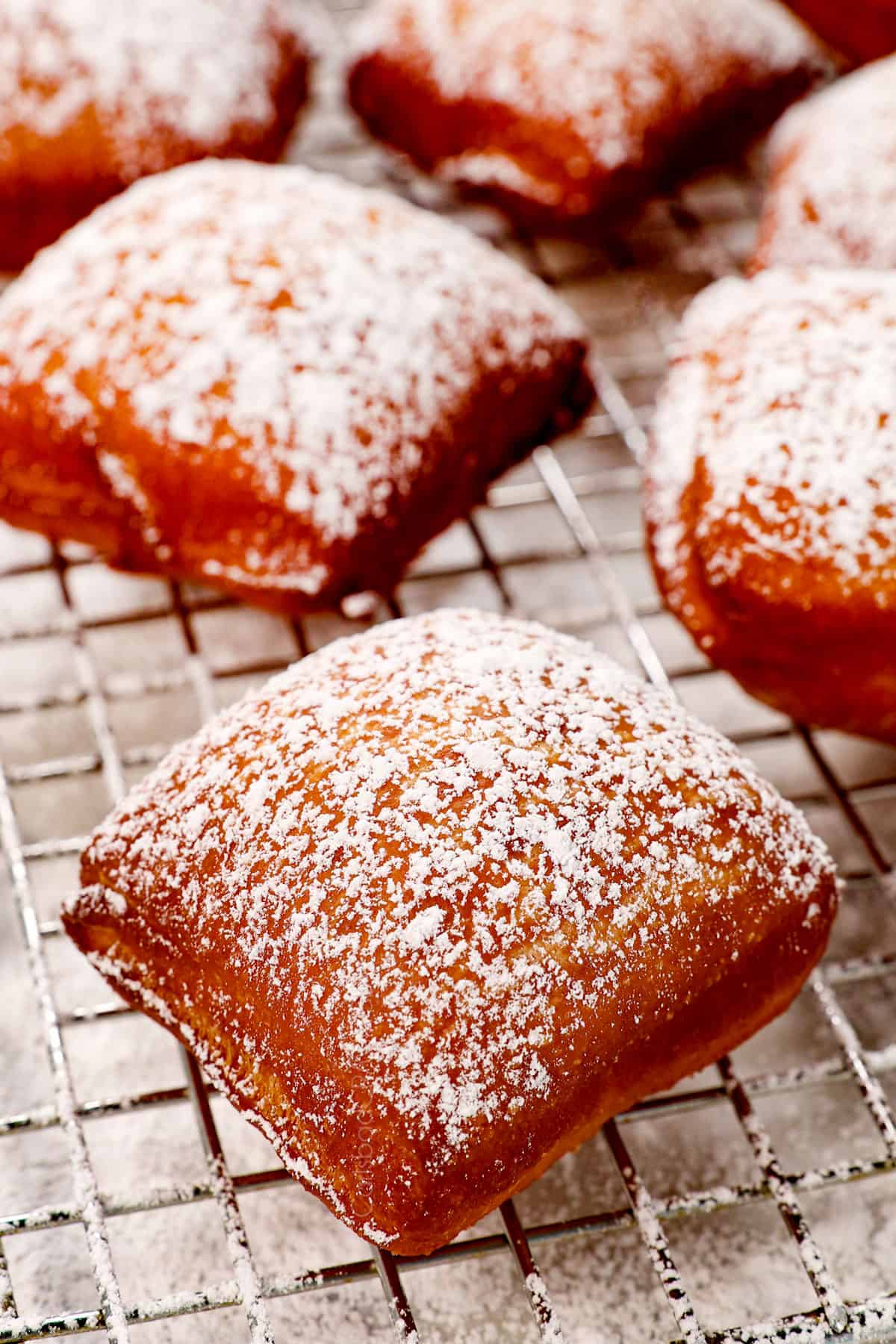

How to make Beignet
Let’s take a closer look at how to make beignets with step-by-step photos (full recipe in the printable recipe card at the bottom of the post):
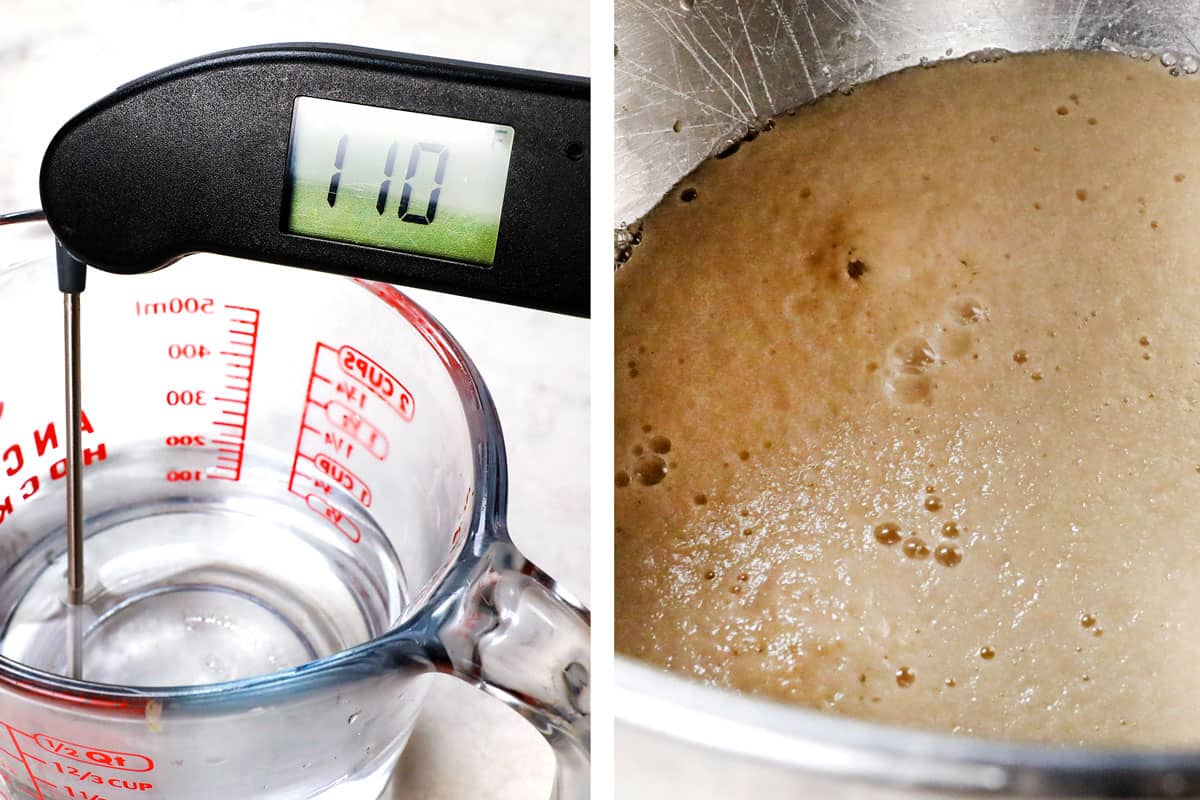
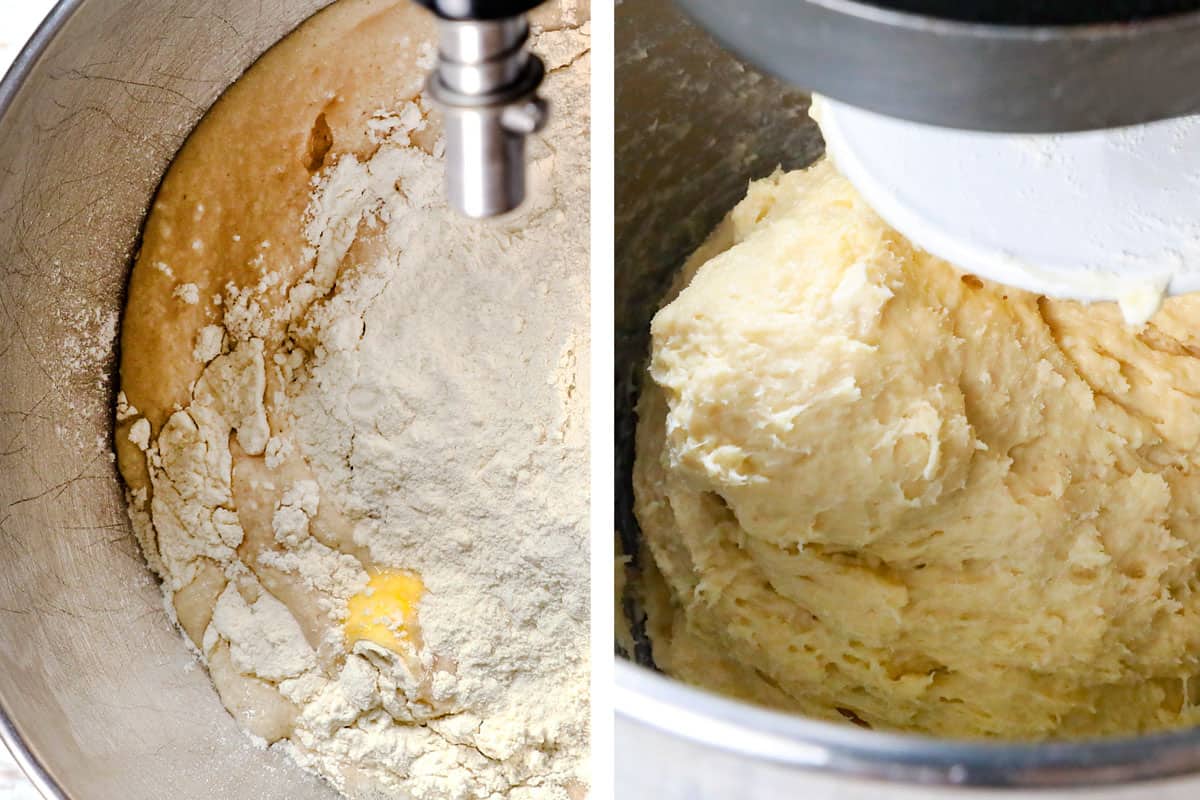
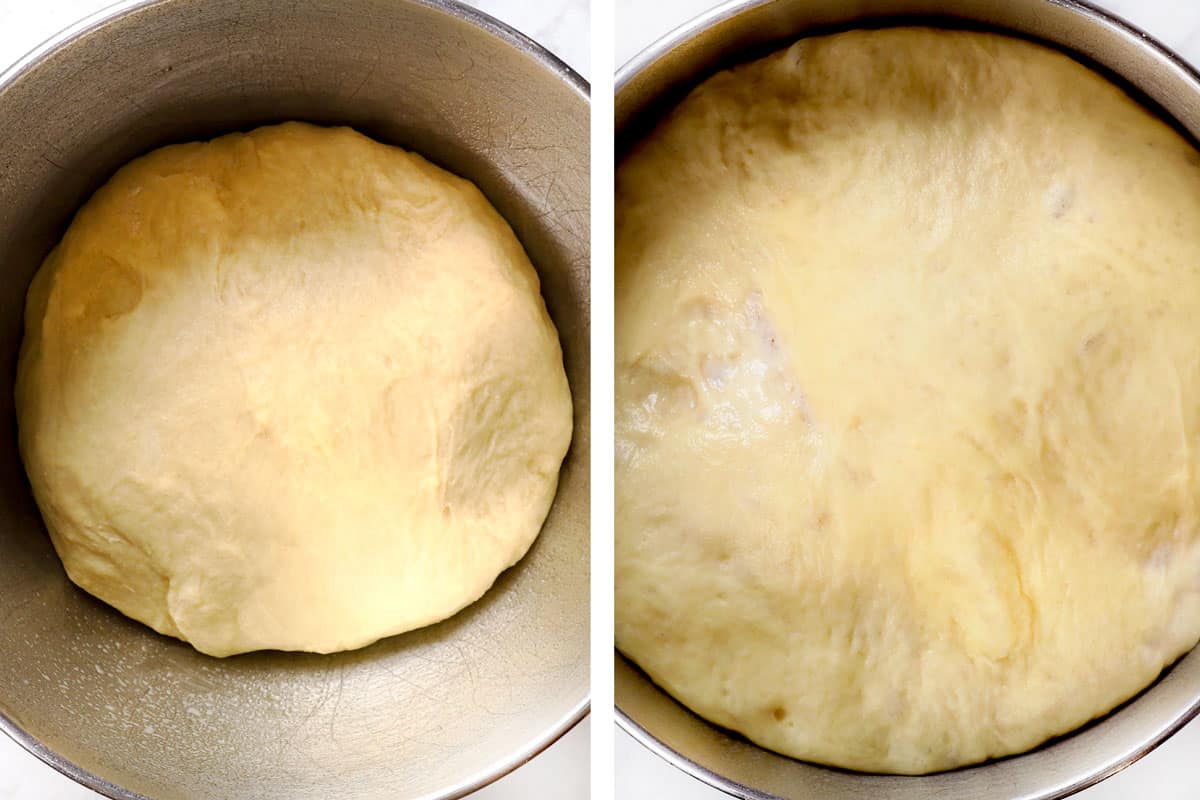
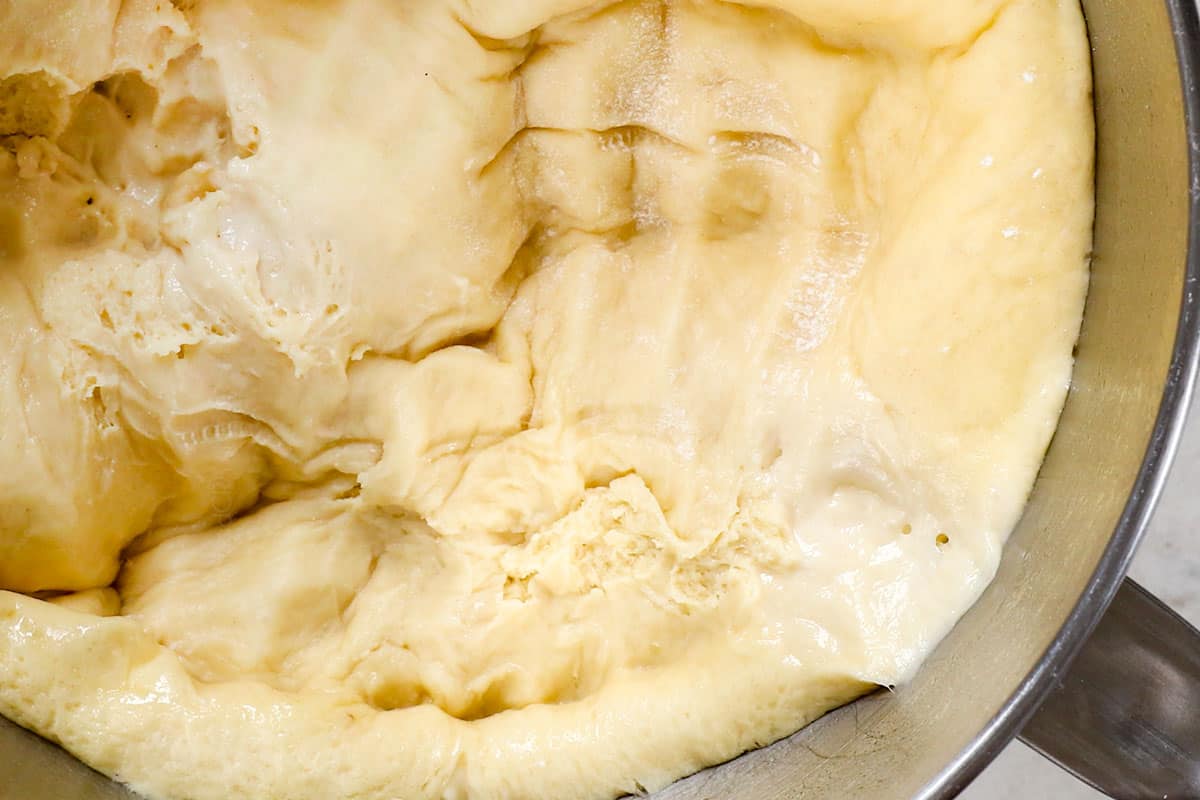
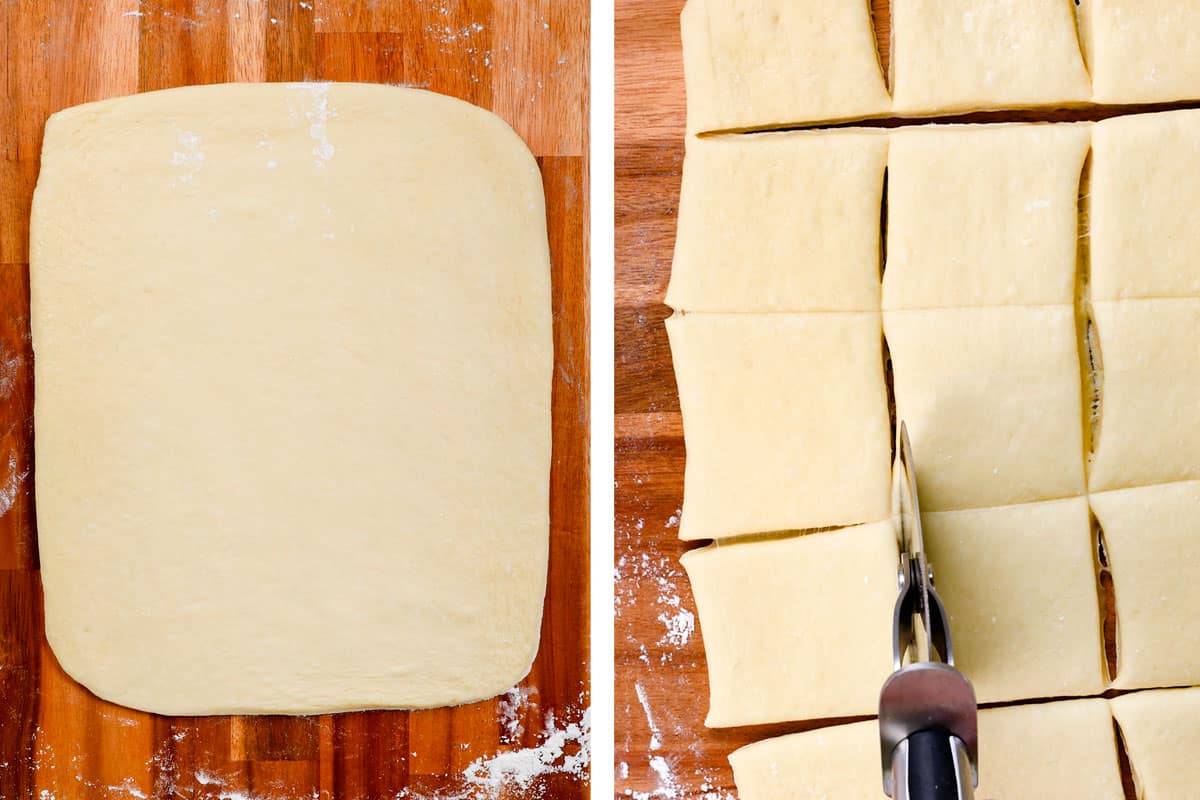
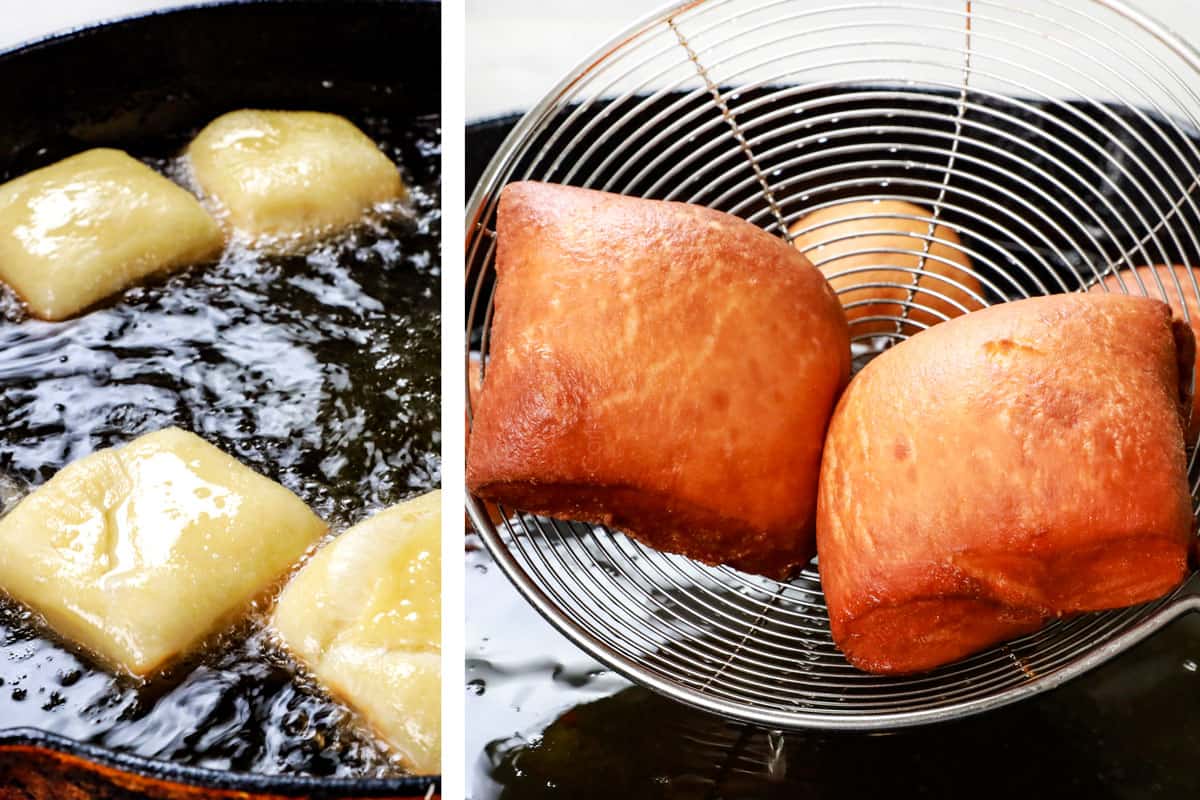
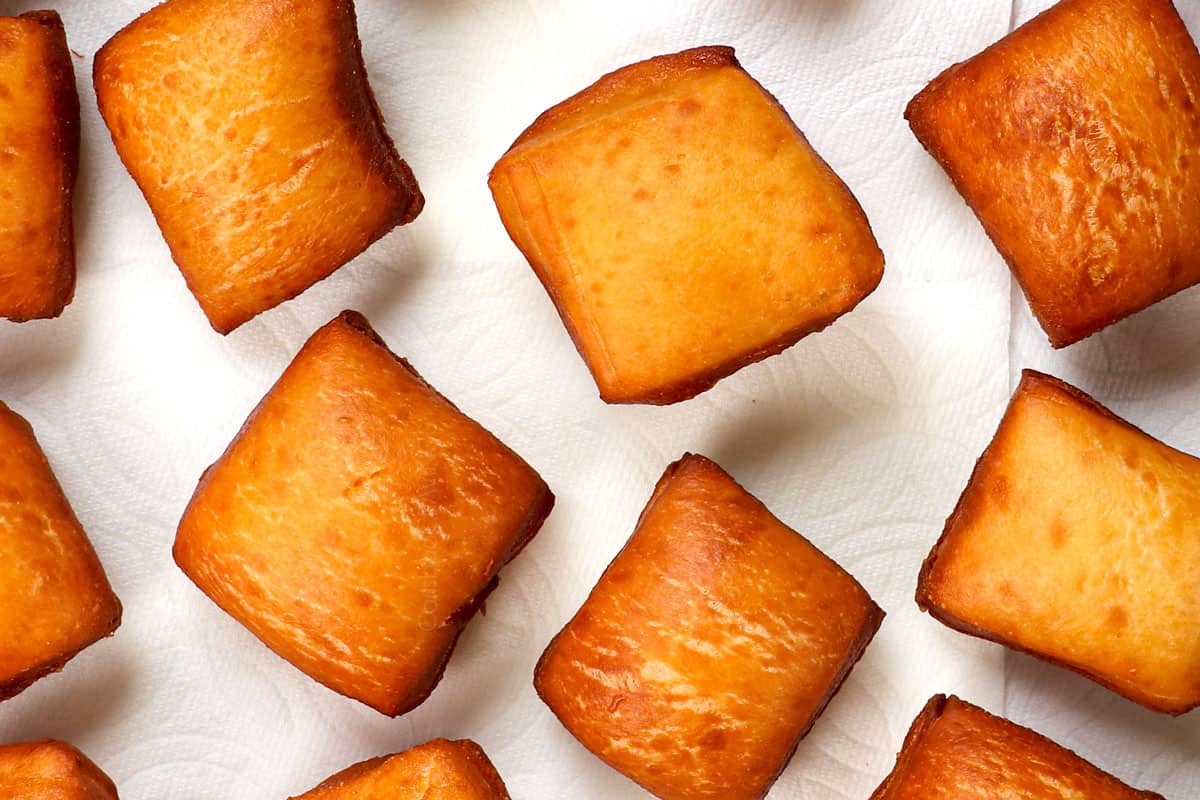
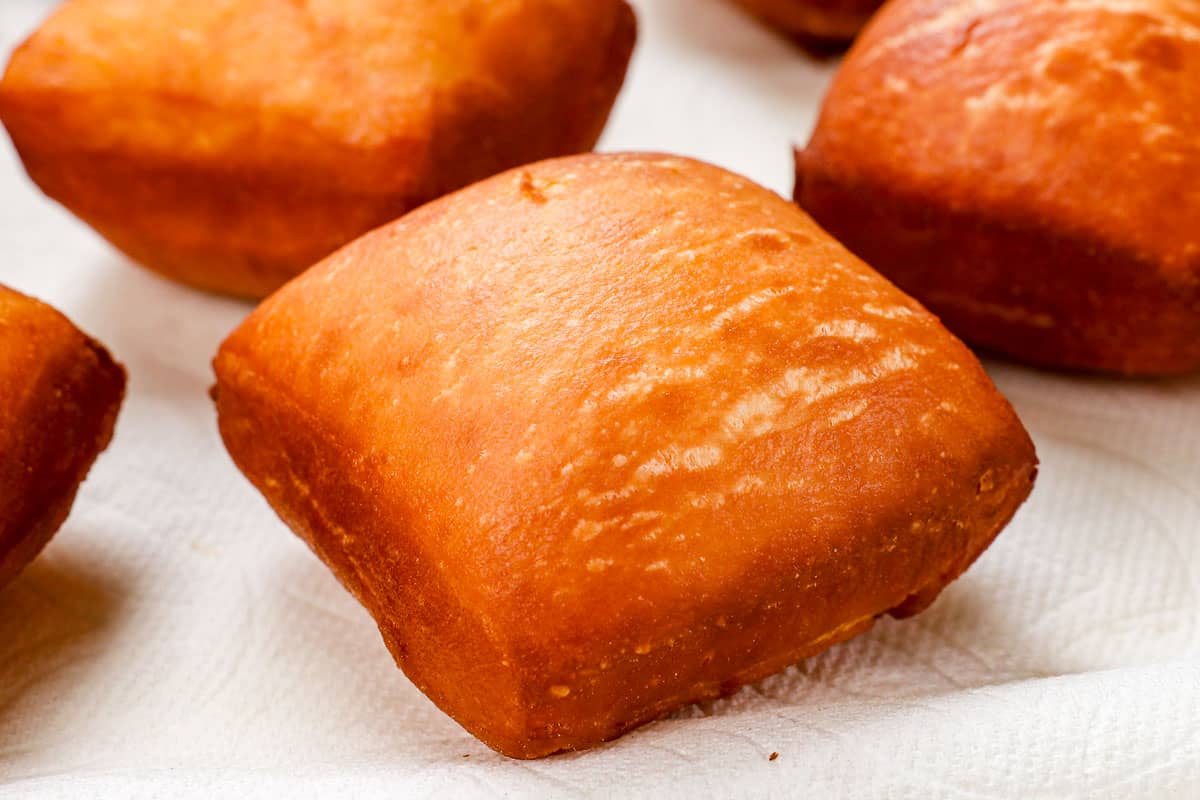
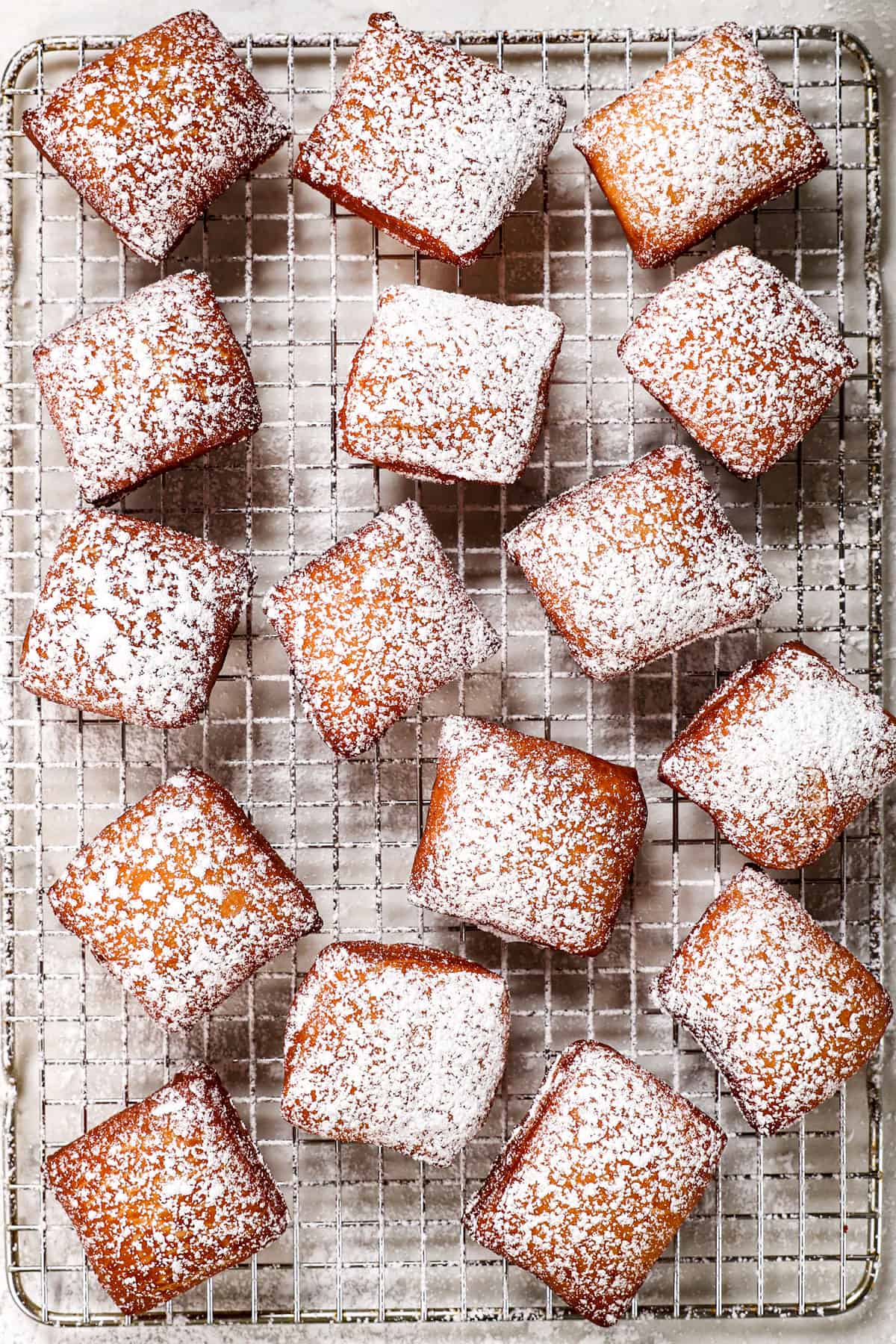

Beignet Recipe tips
Follow these tips for the best beignet recipe every time!
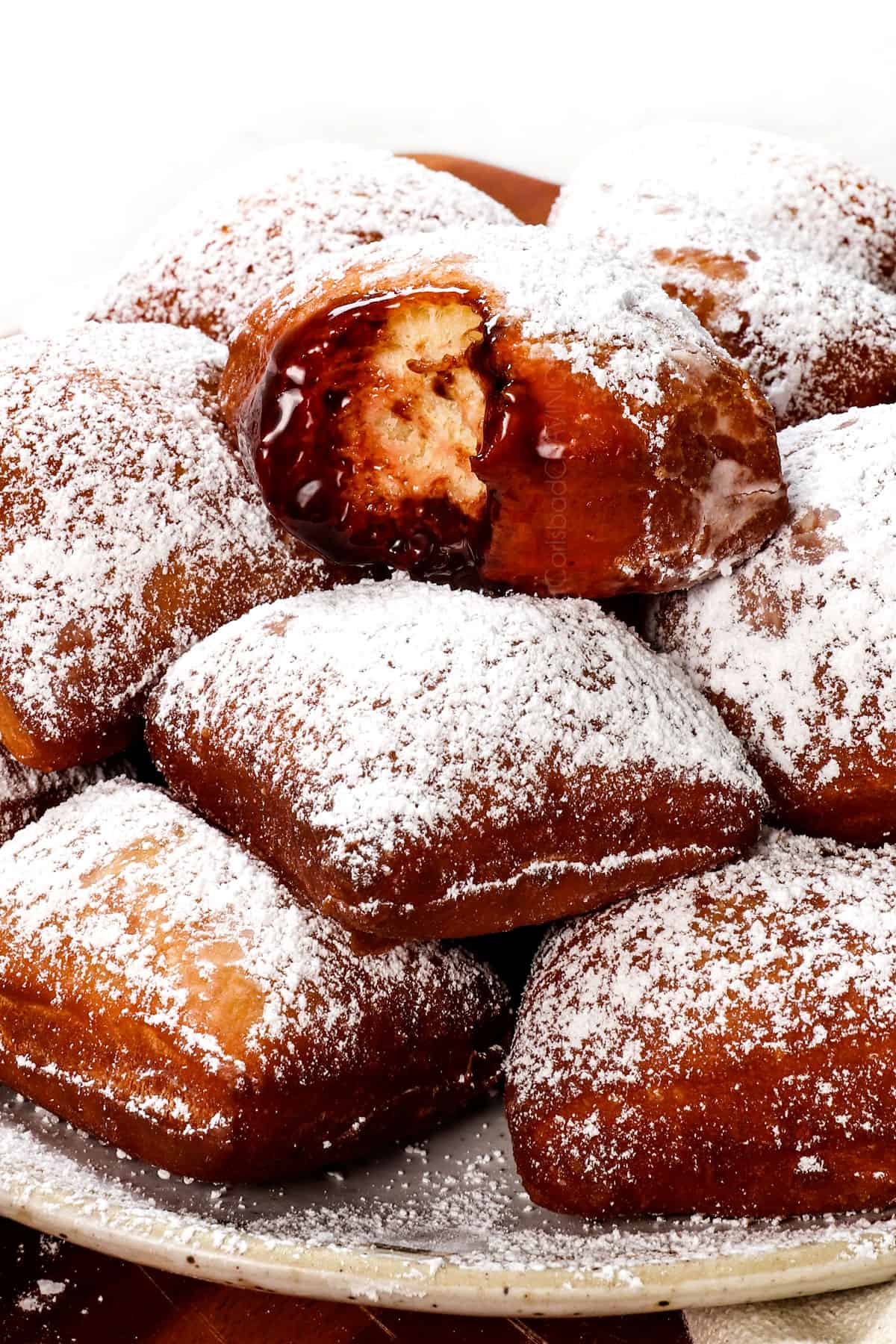

How to serve This beignet recipe
Serve beignets as piping hot and fresh as possible, enveloped in powdered sugar, to best capture that initial warm, pillowy goodness. Unfortunately, the beignets become harder and taste denser the longer time passes. Consider pairing them with a cup of hot coffee or chicory-laced café au lait for an authentic New Orleans touch. Beignets also embrace versatility – serve them with a side of fruit compote, chocolate sauce, or a dollop of whipped cream for an indulgent variation (see section below).

What do you pair beignets with?
Beignets are wonderfully versatile and can be paired with various toppings and sauces to enhance their flavor, which may not be authentic, but they’re delicious! Here are some tasty options:
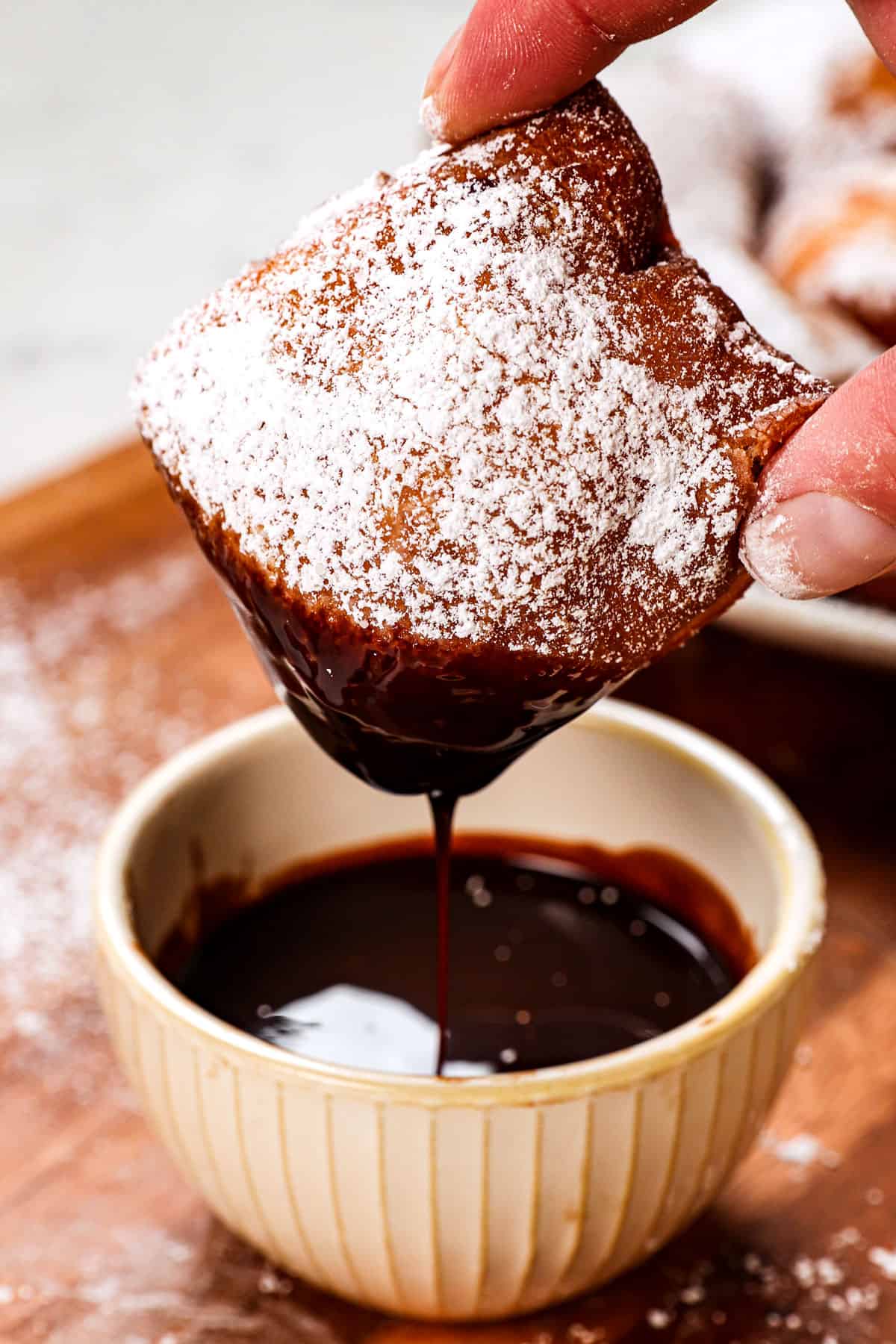

how to make beignets ahead of time
Making beignet dough ahead of time is my favorite way to make this recipe: Follow the recipe up through transferring the dough to a greased bowl. Cover with plastic wrap and store in the refrigerator for up to three days, during this time, the dough will rise slowly. When ready to enjoy, let the dough come to room temperature (1-2 hours), then proceed with the recipe.
CAN I FREEZE THE DOUGH?
Yes, you can freeze the raw beignet dough and they will taste as good as freshly made! Cut the dough into squares on a parchment paper lined sheet pan. Freeze for 1-2 hours until solid. Transfer to an airtight container or freezer bag with parchment paper between the layers. When ready to make, transfer the desired number of squares to the counter without touching each other to thaw completely. Fry per the instructions.

How to store Homemade Beignets
Sadly, beignets do not make great leftovers. If you don’t think you’ll enjoy the whole recipe, feel free to halve it (use the sliding scale that appears when you hover over the servings), or share with friends! If you do need to store leftovers, they will last for up to 5 days in an airtight container. Warm in the microwave for 5 seconds or so before eating, but be warned, they are not the same 😥.
Beignet Dessert FAQs
Beignets are essentially French donuts, made from the similar dough, but shaped differently: Beignets are cut into squares and donuts are round with a whole in the center. Beignets, however, are lighter and puffy, made with more yeast and fewer eggs. They are always coated in powdered sugar whereas there are endless variations of donuts.
If your beignets are raw in the middle, it could be due to several reasons.
1. One common cause is insufficient frying time. Ensure that the oil temperature is correct and that you fry the beignets until they achieve a golden-brown exterior.
2. Additionally, overcrowding the frying pan can lead to uneven cooking. Fry the beignets in small batches to allow proper circulation and ensure each piece cooks evenly.
3. Lastly, make sure the dough is properly risen before frying, as under proofed dough may result in dense and undercooked interiors.
Beignets can be chewy if the dough is overworked or if the frying temperature is too low, leading to absorption of more oil. Ensure gentle handling of the dough and fry at the correct temperature to achieve a crispy exterior and a soft, non-chewy interior.
Beignets have French origins but are particularly associated with the cuisine of Louisiana, especially New Orleans. The French settlers brought this pastry tradition to Louisiana in the 18th century, and it has since become a beloved and iconic part of the culinary culture in the region. The beignet was named the official state doughnut of Louisiana in 1986.
Beignets are not meant to be doughy, but rather have a tender and slightly chewy texture on the inside. The exterior is typically crispy and golden brown from frying, while the interior is soft and airy. If beignets are excessively doughy, it could be due to undercooking or underproofing the dough before frying. Ensure that the dough is allowed to rise adequately, and fry the beignets until they achieve a golden-brown color for the best texture.
Beignets have a deliciously simple and neutral taste. The pastry itself is not overly sweet; instead, it has a mild flavor with a soft, fluffy, and pillowy interior. The magic happens when beignets are generously dusted with powdered sugar after frying. This addition provides a sweet and powdery coating, complementing the subtle taste of the pastry and creating a delightful contrast in flavors and textures.
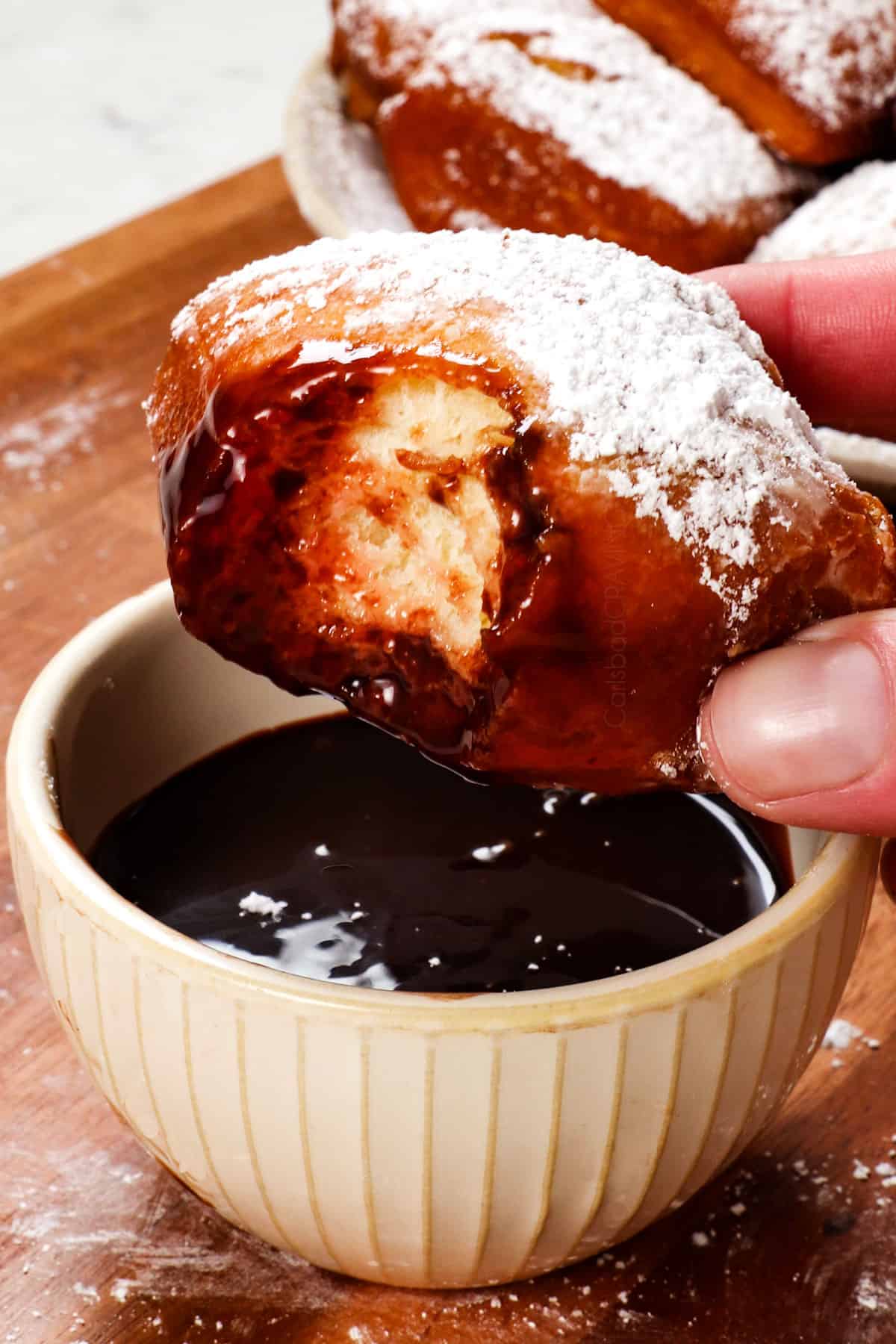

Looking for more Dessert Recipes?
Ooey Gooey Butter Cake
Bread Pudding
Crème Brûlée
Hummingbird Cake
Chocolate Eclair Cake
Peach Cobbler
WANT TO TRY THIS beignet RECIPE?
PIN IT to your recipe BOARD TO SAVE FOR LATER!
FIND ME ON PINTEREST FOR MORE GREAT RECIPES! I AM ALWAYS PINNING :)!
©Carlsbad Cravings by CarlsbadCravings.com
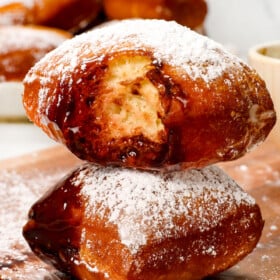
Beignet Dessert
Save This Recipe To Your Recipe Box
You can now create an account on our site and save your favorite recipes all in one place!
Ingredients
- 1 cup warm water between 110 and 115 degrees (F)
- 1/2 cup granulated sugar
- 1 1/2 teaspoons active dry yeast
- 1 large egg + 1 egg yolk at room temperature, slightly beaten
- 2/3 cup evaporated milk at room temperature
- 2 teaspoons pure vanilla extract
- 1 teaspoon salt
- 1/2-1 teaspoon ground cinnamon (optional)
- 1/4 teaspoon ground nutmeg (optional)
- 670 grams bread flour (SEE NOTES!)
- 3 tablespoons unsalted butter, softened
- vegetable, canola or cottonseed oil for frying
- 2 cups powdered sugar
Instructions
- Proof yeast: In the bowl of a stand mixer, whisk together the water, sugar and yeast. Set aside until the mixture has bubbled and becomes foamy, about 10 minutes. If it doesn’t foam, the water wasn’t the right temperature or the yeast is old.
- Add ingredients: Add the egg, egg yolk, evaporated milk, vanilla, salt, cinnamon, nutmeg and approximately half the flour. Fit the mixer with the dough hook and mix on low/medium low until combined. With the mixer on low speed, add the butter, followed by the remaining flour.
- Knead dough: Increase the speed to medium. Knead for about 2 minutes, until smooth and slightly tacky and the dough pulls away from the bowl. The dough is enriched so it will (and should) still be sticky but not unbearably sticky. If it seems too wet, add more flour, 1 tablespoon at a time, up to ¼ cup.
- Let dough rise: Transfer dough to a large, lightly greased bowl using a spatula (it will be too sticky to use your hands). Cover and let rise in a warm place for at least 2-4 hours, or until doubled in volume. To make ahead (my favorite way): Store covered dough (before it rises) in the fridge for up to 3 days. It will slowly rise in the fridge. Let come to room temperature (about 1-2 hours) before proceeding with the next step.
- Rise again: Punch down the dough and let it rise again for another 30 minutes.
- Prep fryer: In a large, deep fryer (this is my fav) or Dutch oven, preheat 3-inches of oil over medium-high heat to 350°F. Attach a candy thermometer (pictured) to closely monitor the oil temperature to ensure even cooking. Line a wire baking rack with layers of paper towels; set aside.
- Cut squares: While the oil is heating, roll the dough out onto a well-floured work surface into a 1/4-inch thick rectangle. Sprinkle the rolling pin or dough with flour if it sticks. Cut into 2 1/2-inch squares with pizza cutter.
- Deep fry: Working in batches of 5-6 at a time, fry the dough until golden brown, flipping every 20 seconds, about 1 minute. Closely monitor the oil and adjust the heat of the stove as needed to maintain an oil temperature of 350°-360°F.
- Coat with powdered sugar: Using a spider strainer or slotted spoon, transfer the beignets to the paper towels. Allow to drain for just a few seconds, then heavily dust with powdered sugar, or toss in a bowl or bag with powdered sugar. Repeat with remaining dough.
- Serve: Serve immediately while warm (unfortunately, the beignets become harder and taste denser the longer time passes). We love dipping them in chocolate sauce, or strawberry sauce!
Video
Notes
Tips and Tricks
- See post for step-by-step photos, more tips, tricks and variations!
- Please use bread flour: Its higher protein content and Vitamin C strengthen the gluten structure in the flour, improving dough elasticity, helping the beignets hold their shape during rising and frying for extra puffy beignets.
- Weigh the flour. There are too many variables when measuring flour, so please weigh it with a kitchen scale. If you don’t weigh the flour, I guarantee you will use too much which creates dense homemade beignets.
- To speed up the dough rising process: Heat your oven to 200°F. Turn off the oven and place your dough (in a greased, oven safe bowl) inside, close the door. This creates a warm environment for your dough and will help it rise more quickly.
- Don’t worry about them being identical. It’s difficult to create a perfect rectangle, so naturally cutting the dough into squares will yield some irregular shapes and sizes, which just adds to their rustic charm.
- Make ahead: Making beignet dough ahead of time is my favorite way to make this recipe. Follow the recipe up through transferring the dough to a greased bowl. Cover with plastic wrap and store in the refrigerator for up to three days, during this time, the dough will rise slowly. When ready to enjoy, let the dough come to room temperature (1-2 hours), then proceed with the recipe.
- To freeze dough: Cut the dough into squares on a parchment paper lined sheet pan. Freeze for 1-2 hours until solid. Transfer to an airtight container or freezer bag with parchment paper between the layers. When ready to make, transfer the desired number of squares to the counter without touching each other to thaw completely. Fry per the instructions.

Did You Make This Recipe?
Tag @CarlsbadCravings and Use #CarlsbadCravngs
Leave a Review, I Always Love Hearing From You!

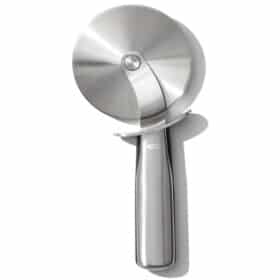
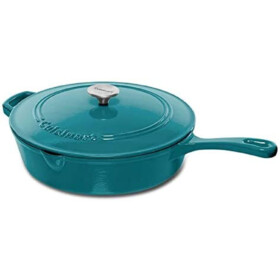
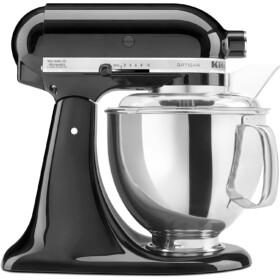
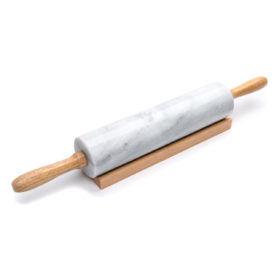
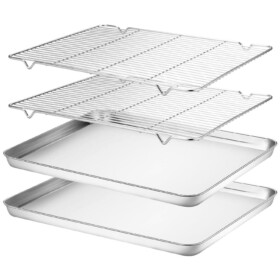
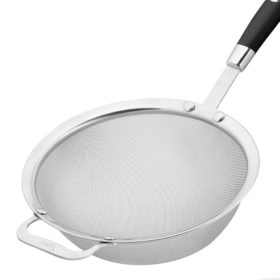



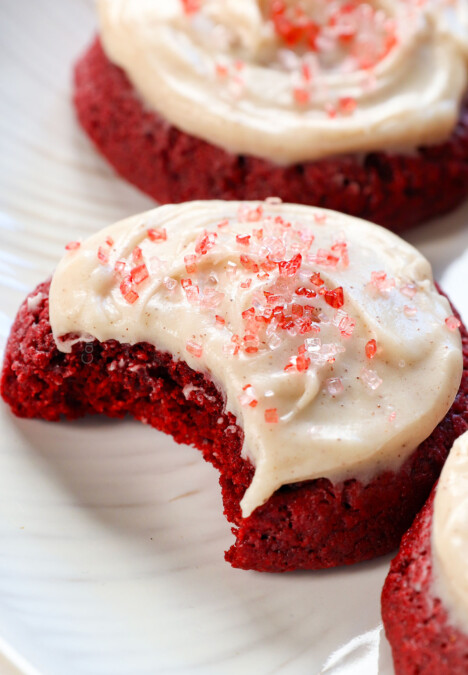

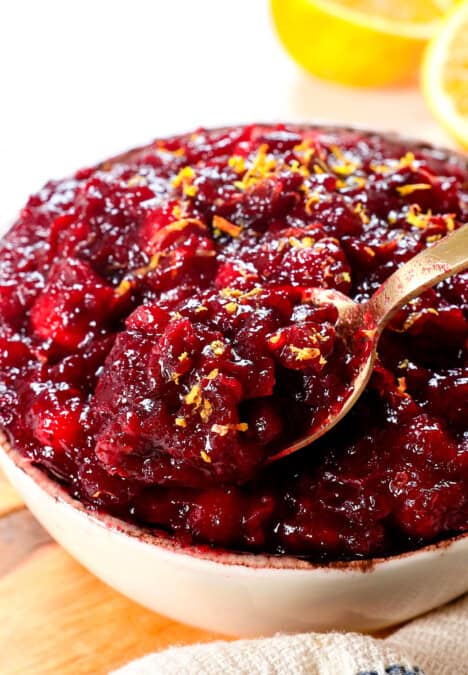
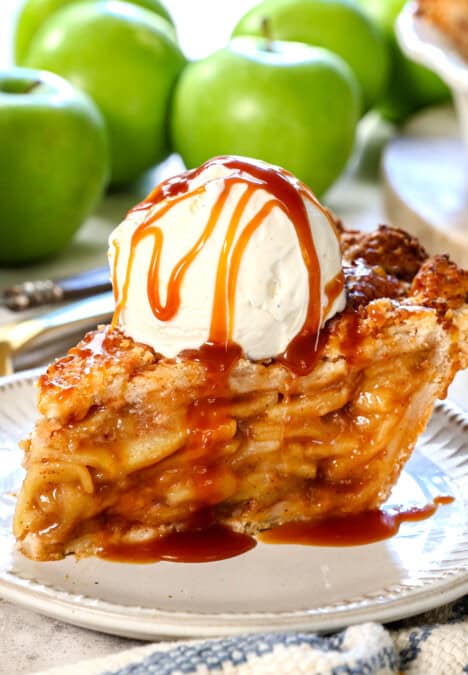


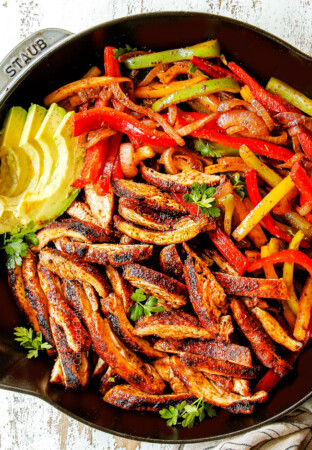
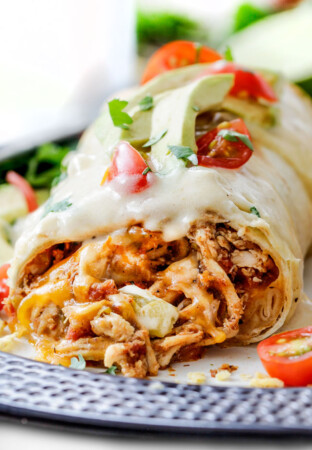


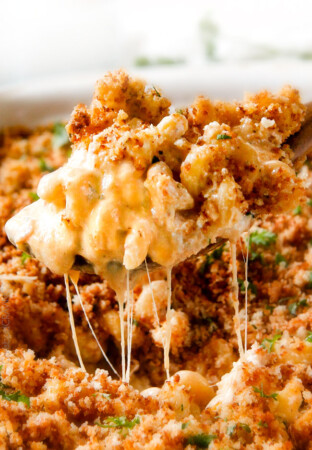



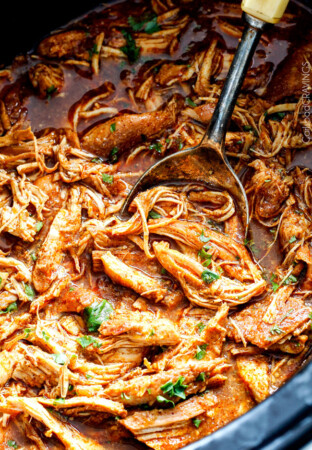
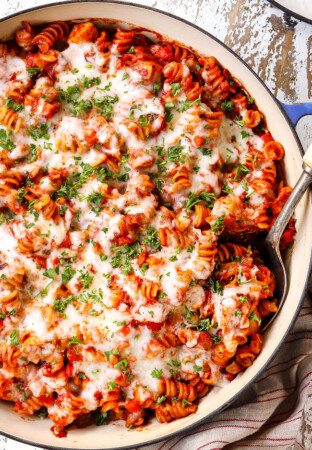



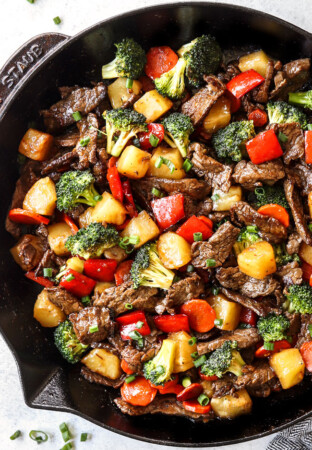
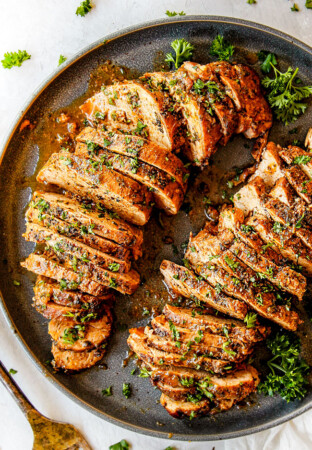

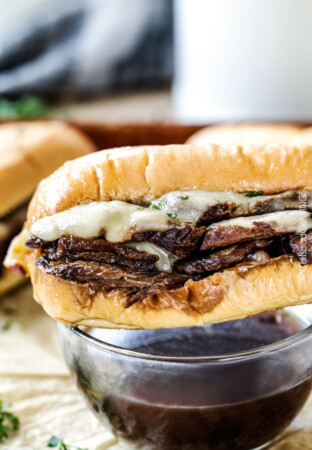




leave a review